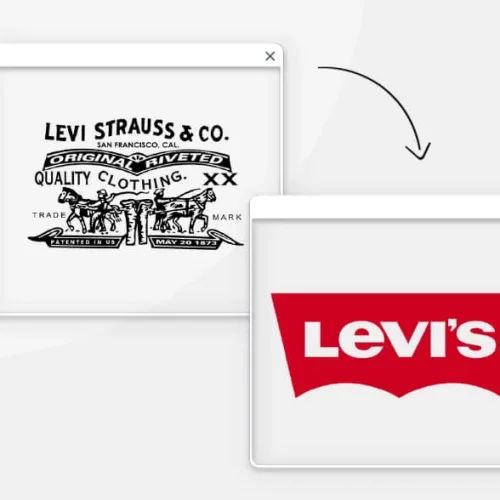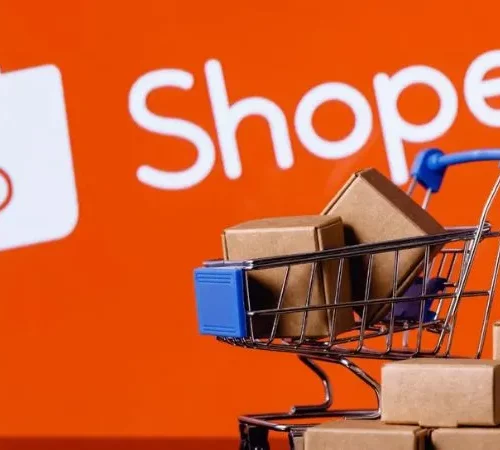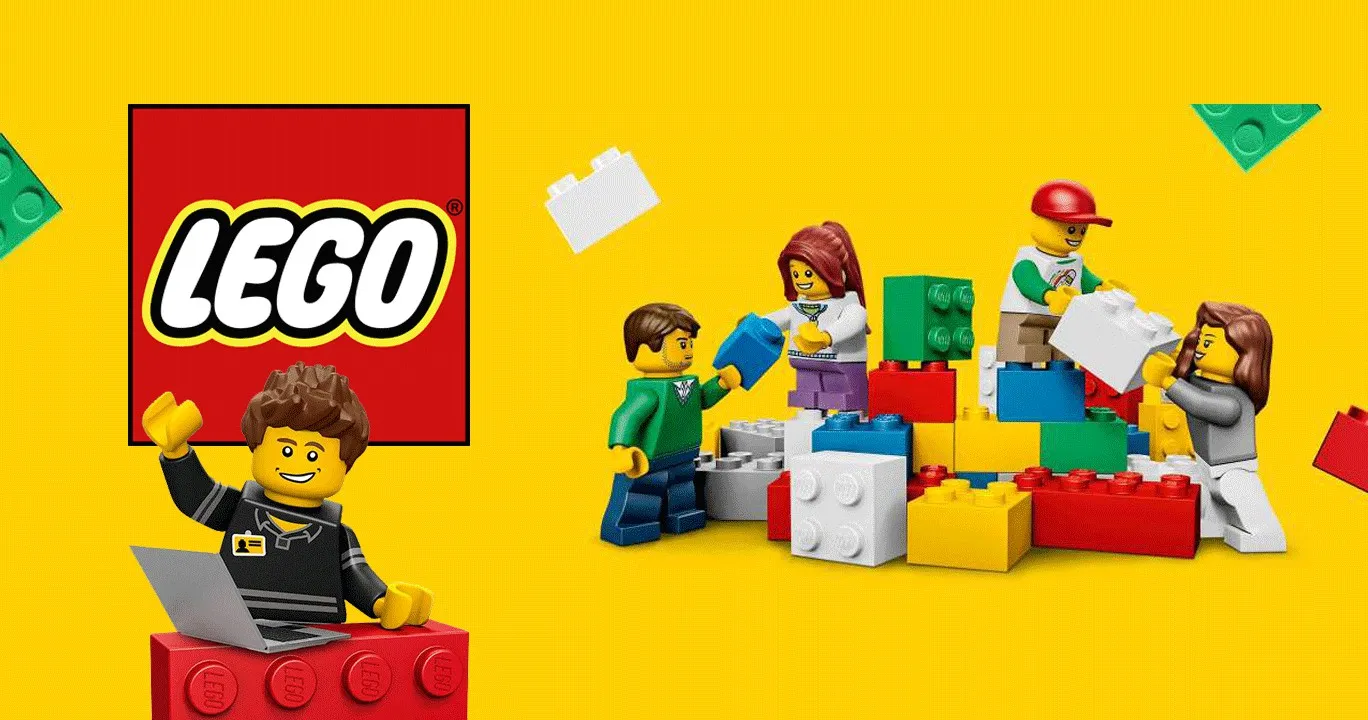
Did you know that there are over 400 billion LEGO pieces in the world? LEGO, the toy company from Denmark, continues to be a shining star amid the wave of fierce competition from mobile video games. So where does this toy world champion’s success come from? Let’s look back at the brand’s development story and marketing strategy in the article below!
1. The development process of the LEGO brand
The story of LEGO’s beginnings begins in the 1930s when Ole Kirk Christiansen, a carpenter in Billund, Denmark, was facing economic hardship due to the great depression. He decided to change his business from furniture and carpentry production to the production of wooden toys to meet the educational entertainment needs of children.
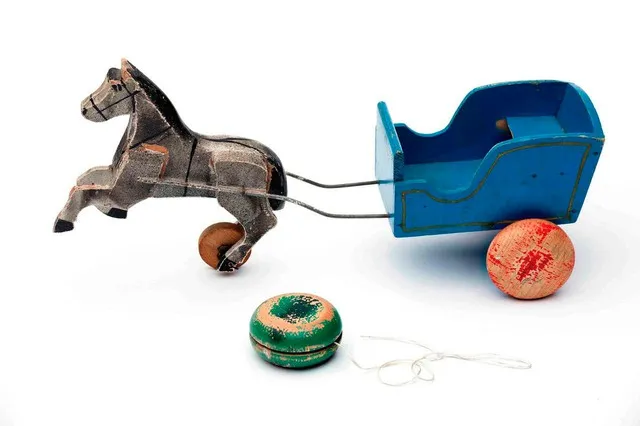
In 1932, Ole Kirk Christiansen founded the company and began producing wooden toys. The legend of the name “LEGO” was born two years later (1934), coming from the Danish term “Leg godt”, meaning “play well”. From here, LEGO began to build and develop, turning small building blocks into one of the most popular toys in the world.
The first plastic bricks were produced in the 1940s, and continued to be developed and improved over the decades. By 1958, LEGO received a patent for the design of tubular plastic bricks with serrated teeth, allowing them to fit tightly together, providing a timeless design that endures to this day. In 1968, LEGO opened the first LEGOland amusement park in Billund, and later expanded to many other locations around the world. These parks are not only entertainment destinations, but also opportunities for children and families to enjoy the world of LEGO in a new way.
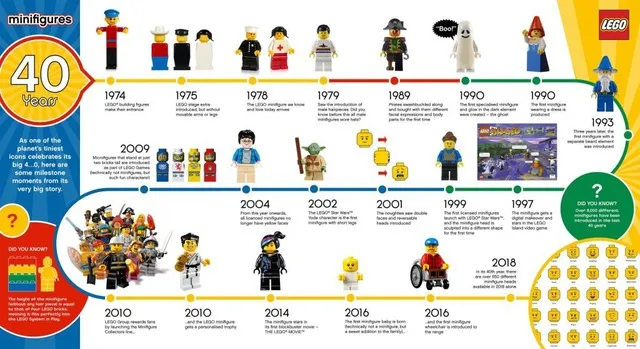
Having successfully built itself into a globally famous toy company, in the late 90s, LEGO suddenly fell into crisis. So what is the reason, and how does this giant recover?
2. The return of the big man after being on the brink of failure
In the 90s, LEGO faced a major challenge when it placed a lot of faith in developing video games and digital entertainment, leading to heavy losses and the risk of bankruptcy. However, through drastic and creative measures, LEGO made an impressive recovery and quickly returned to a leading position in the toy industry.
Accordingly, LEGO decided to bring the brand back to its roots – focusing on creative experiences and activities for LEGO bricks. The brand is aware that trying to expand too quickly into the digital realm will lose the brand’s uniqueness and core values.
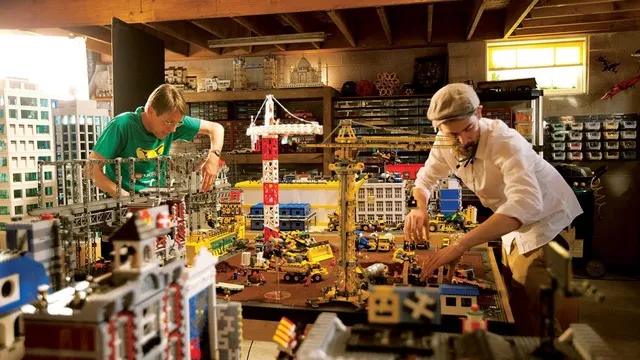
Next, the company expanded its cooperative relationships with major brands and created many successful products. The development of product lines such as LEGO Star Wars and Harry Potter product lines has helped LEGO attract attention and love from customers.
Brands are also starting to aim for consistent messaging, from TV ads to social media, print, and live events to ensure that their message is delivered consistently across every platform. communication. Besides, LEGO’s colors, logo and design style are also synchronized, appearing consistently in the user’s mind.
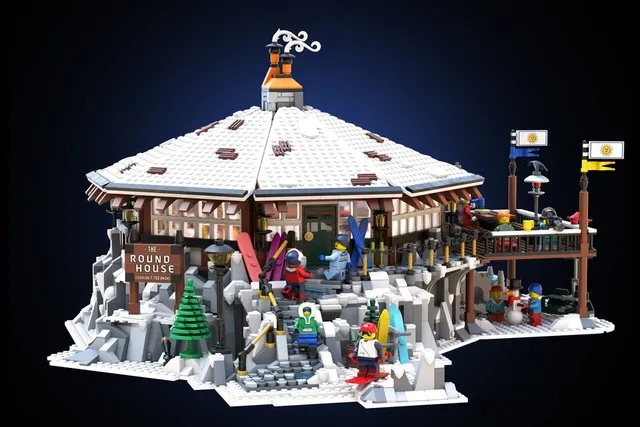
At that time, LEGO also created the LEGO Ideas online community, where fans and creators could share ideas and suggest new models. This creates a dynamic interactive channel and at the same time helps the brand maintain appeal and engagement with its fan community. With the development of the LEGO plastic brick, the company became famous worldwide. Twice, in 2000 and 2015, LEGO was named the “Toy of the Century”.
In 2023, the company aims to develop a portfolio of up to 750 products. To date, LEGO has owned 89 stores worldwide, including 54 stores in China. Consumer sales in the period were up 3% compared to the first half of 2022. With billions of bricks sold each year, it’s no surprise that LEGO is a leader in toys.
3. Analyze LEGO’s Marketing strategy
3.1. Spectacular market penetration strategy
LEGO is present in about 130 countries around the world and is always looking for ways to expand its presence.
Diverse distribution channels: Retail stores are not the only places that offer LEGO toys, you can find them in movie theaters, amusement parks and toy stores. This increases the opportunity for consumers to access LEGO products in many different locations.
Expanding online sales network: LEGO has been proactive in developing its online sales network, the brand’s products are available on major websites such as Amazon and eBay. This provides a convenient way for customers to shop and expands its reach to consumers around the world.

Expanding into new markets: LEGO continuously invests and expands its presence in new markets (China, Vietnam…). Not only does this help the brand reach new customers, but it also creates an opportunity to better understand the unique needs and preferences of customers in that region. Instead of a uniform approach, the brand has created flexible products and advertising strategies to cater to the culture of each different local market.
Thanks to its flexible and comprehensive market penetration strategy, LEGO not only strengthened its position in the global market but also created a deep connection with local customers and increased sales significantly.
3.2. Product diversification
Quality and safety have been LEGO’s top priorities since its founding. This factor has created trust from customers and helped the brand become different in the toy market.
The brand still complies with toy quality and safety standards with the motto “Only the best is good enough” , evidence that this brand Prioritize providing high quality products.
Although bricks are LEGO’s core product, that doesn’t mean the brand is limited to only doing business in this field. They offer many choices, diverse in designs, sizes and colors. The brand combines products with special characters such as Harry Potter, Batman, Friends… to attract the attention and creativity of users. According to statistics, each year Lego’s revenue comes from new products accounting for 25 – 30%.
The company also expanded its business to include film production, amusement parks and video games. Famous works such as “The LEGO Movie”, “LEGO Star Wars” and “The LEGO Batman Movie” have received positive feedback from the audience, when the Youtube channel that released these episodes owned 5 million. number of followers. The LEGOLAND amusement park chain, not only provides a great entertainment experience but also an opportunity for customers to interact with LEGO products in different environments. This diversity has helped LEGO become an important part of global entertainment culture.
3.3. Focus on maintaining high prices
LEGO is famous for its high pricing strategy in the toy industry. The uniqueness and quality of products are considered special values, and consumers are willing to pay higher prices to own brand-name products. LEGO’s pricing strategy is not simply about selling products, but is also about preserving brand value. LEGO creates a premium and unique image, which helps them maintain stable prices and not be strongly affected by price competition.
First, they leverage the value of the brand to create special products and cooperate with famous brands such as Disney, Marvel and Star Wars. Although these products often come at a higher price, they appeal to a customer base that wants to experience limited and special collections.
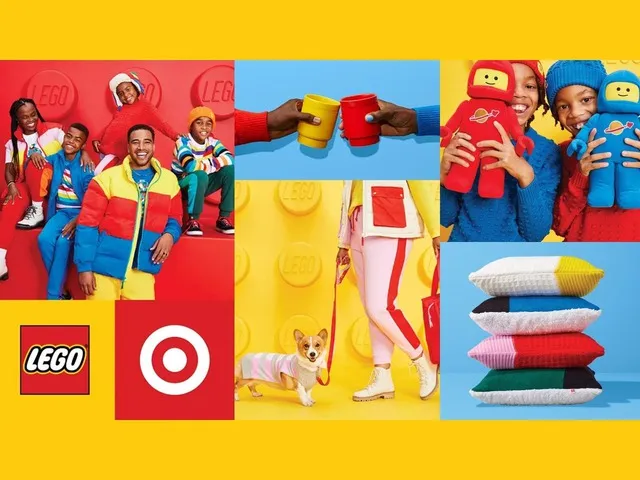
Furthermore, LEGO also uses collaboration strategies and organizes special events to launch limited product lines. These events are not only an opportunity for LEGO to interact with the community but also help them create products that have high value in the minds of customers, especially those who are passionate about collecting LEGO.
In addition, LEGO also makes a difference through promotions and discounts to build customer loyalty. One is to build a widespread and systematic incentive system for leading retailers and online merchants in the world. The second is to introduce the LEGO VIP program, which allows loyal customers to accumulate reward points, pass, and enjoy special offers, benefits and exclusive products based on the customer’s point accumulation level.
3.4. Media hits children’s psychology and more
Target consistent audiences
By choosing children as their primary audience, they researched and developed strategies based on how children interact with the world of entertainment, from cartoons to comics and interactive games. This strong relationship with its audience helps LEGO maintain a presence in children’s everyday experiences, while achieving prosperity and becoming one of the most profitable brands.
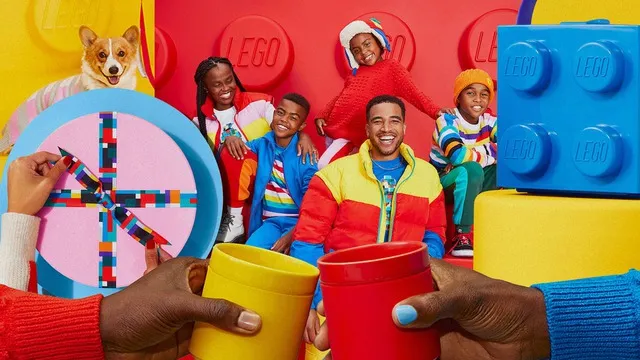
Appeals to both Generation Z and adults’ inner child
Furthermore, LEGO has attracted both Generation Z and Millennials by recreating the fun of childhood. This strategy emphasizes creativity and a “normal” lifestyle through a national Instagram account and partnerships with Gen Z influencers. LEGO is not limited to products like flower sets LEGO, but also extends to classic city and movie settings. In this way, the brand has created a fun and relaxing image that meets all the different needs of Gen Z and adults who want to find their inner child.
Integrated customer experiences create endless UGC
Brands leverage digital platforms to create integrated customer experiences and stimulate user content generation (UGC). The LEGO Life app, specifically for children under 13, allows users to share photos of their LEGO creations, creating a diverse and endless source of UGC.
In addition, LEGO extends the customer experience to adult consumers through the LEGO Ideas online community. Here, users have the opportunity to participate in LEGO’s creative process, come up with ideas and contribute to the development of new products. Not only does this create UGC experiences, but it also drives positive engagement between LEGO and its fan community.
In addition to digital experiences, LEGO also creates immersive brand experiences through retail stores and attractions like Legoland. These spaces not only offer hands-on games and interactive displays, but also provide opportunities for visitors to see and interact with LEGO creations. In this way, LEGO builds memorable experiences, strengthens emotional connections and reinforces joy.
Develop on Social Media channels
The popularity of LEGO on social media platforms is a clear testament to the effectiveness of the brand’s communication strategy. With more than 13 million followers on Facebook and Instagram, along with 16.8 million subscribers on YouTube, LEGO not only creates engaging content but also deeply connects with the online community.
The “Rebuild the World” campaign is a typical example of LEGO’s diversity in communication strategy. The campaign is promoted through many means, from television, outdoor advertising to social networks. “Rebuild the World” quickly impressed and attracted positive attention from the community, with the hashtag #RebuildTheWorld being repeated 100,000 times after only 4 days of launch, positive feedback about LEGO on media platforms. Social media increased by 35% and YouTube videos attracted more than 13 million views.
3.5. Establish strong relationships with the education sector
LEGO has built a strong community by focusing not only on children but also on the psychology of parents. The brand not only creates creative experiences to promote spatial thinking skills but also encourages creativity and problem solving for children. This makes LEGO the favorite choice of many parents who want to stimulate their children’s comprehensive development.
In addition, the brand also builds links with the education industry, from providing products to schools to sponsoring educational programs and art projects. This action not only creates a positive influence in the educational community but also increases brand value in the minds of parents. In 2020, they pledged $24 million to support schools, organizations, and educational programs in many countries, demonstrating their long-term commitment to global educational development.
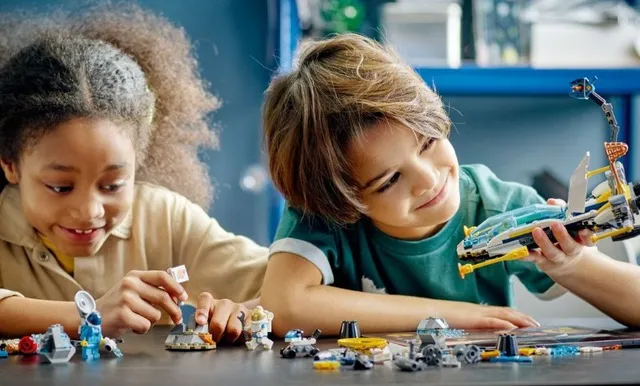
3.6. Towards sustainable development
LEGO has implemented many sustainable measures to reduce the negative impact of their business on the environment and society, such as using sustainable materials, investing in renewable energy projects, packaging sustainable, supporting community projects… In 2018, LEGO introduced a range of botanical pieces to the sets, most of which are made from sugarcane-based plastic. A few years later, the brand also produced prototype tiles made from recycled plastic. Additionally, approximately 75% of the packaging used by LEGO is made from recycled materials. The LEGO branding strategy also includes working in local communities to help establish more sustainable measures, plant forests, etc.
4. Impressive numbers about the big man from Denmark
The impressive numbers about LEGO are a testament to the brand’s appeal and impressive scale globally. Specifically:
- Every second, about seven LEGO sets are sold, which means more than 600,000 sets per day, demonstrating consumer preference for this product.
- Every second, around 1300 LEGO pieces are produced, demonstrating the large scale and high efficiency of the production process.
- The LEGO Group logo, designed in 1973, remains the same, a symbol of stability and strong brand identity.
- The ability to combine six 2×4 inch LEGO pieces in more than 915 million ways demonstrates the variety and creativity in product use.
- Consumers spend nearly 5 billion hours a year with LEGO, proving that LEGO is not just a toy but an important part of everyday life.
Conclusion
The success of LEGO has helped the brand become iconic. The word “LEGO” is not only the name of the brand but also a term for toys assembled from plastic pieces. Going beyond the limits of traditional toy blocks, along with its commitment and development orientation, LEGO has become an endless source of inspiration for the creativity and imagination of children around the world.

![[Case Study] – Nike's Branding Strategy 7 chien luoc xay dung thuong hieu cua nike](https://maludesign.vn/wp-content/uploads/2021/03/chien-luoc-xay-dung-thuong-hieu-cua-nike-500x500.jpg)
